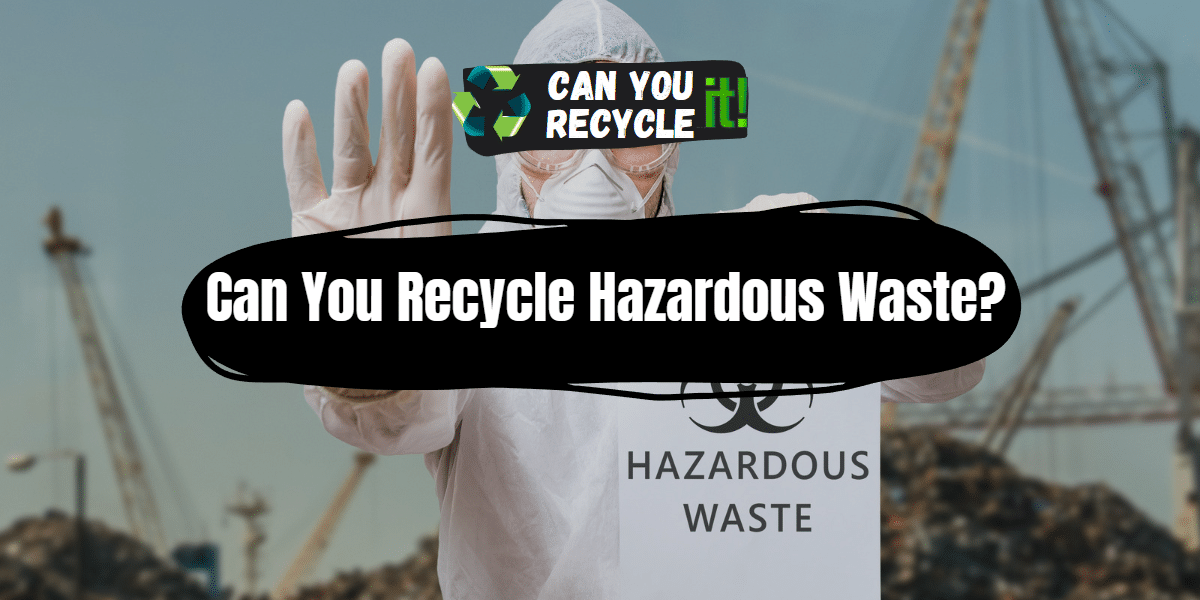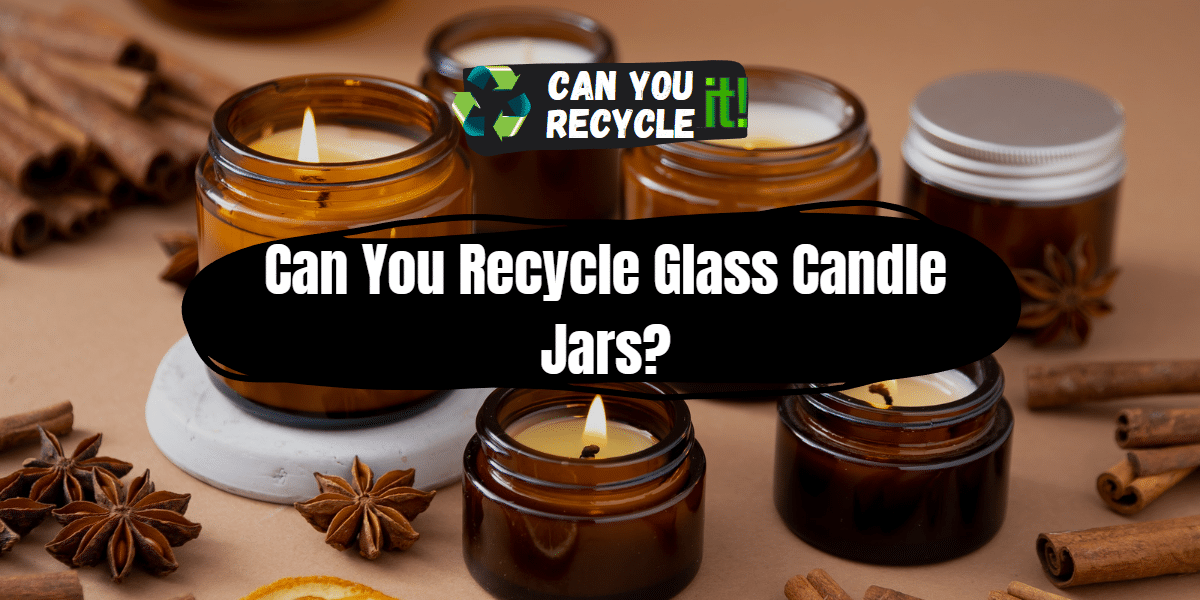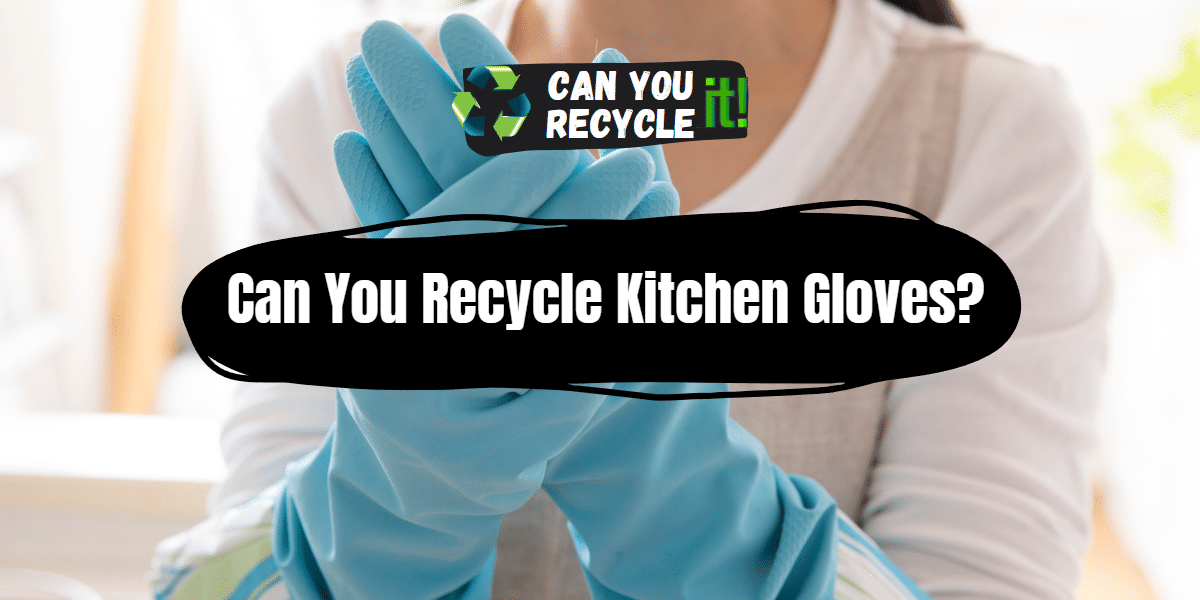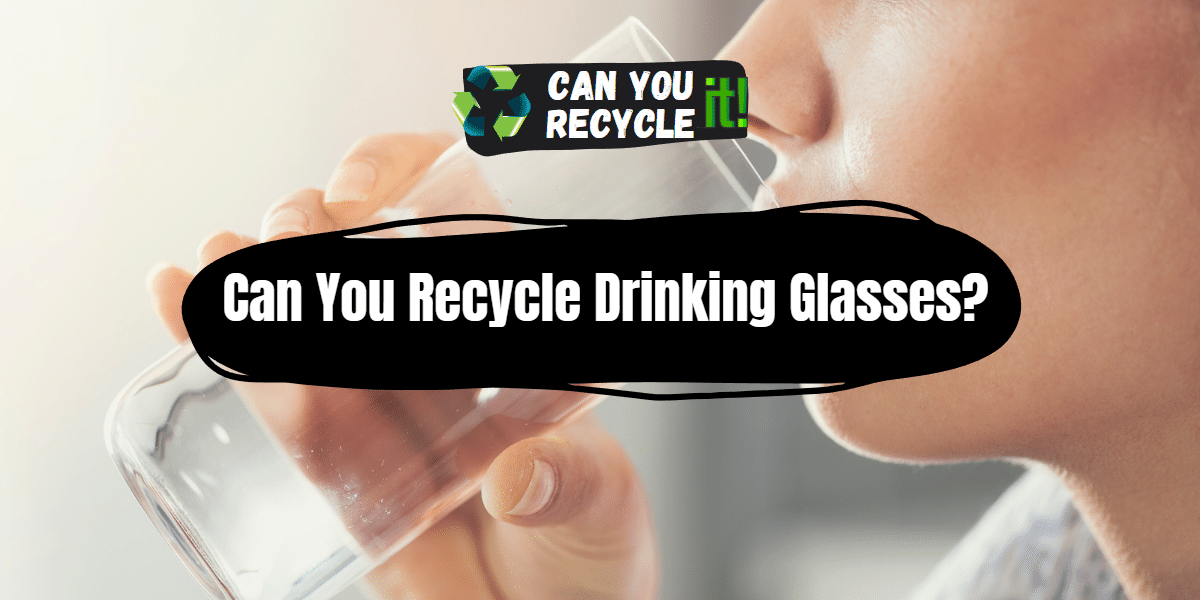The answer to whether hazardous waste can be recycled depends on the type of waste and local regulations. While some hazardous materials can be recycled through specialized processes, others may require careful handling and disposal due to their potential harm to human health and the environment.
Hazardous waste poses unique challenges when it comes to disposal and recycling. In this article, we will explore the topic of recycling hazardous waste and provide insights into the dos and don’ts, a step-by-step guide, options for non-recyclable hazardous waste, the environmental impact of recycling, and frequently asked questions. Let’s delve into this critical subject and discover how to make a difference in responsibly handling hazardous waste.
Table of Contents
Do’s and Don’ts
Recycling hazardous waste requires adherence to strict guidelines to ensure safety and environmental protection. Consider the following dos and don’ts:
Dos
- Research Local Regulations: Understand the specific regulations and guidelines set by your local authorities regarding recycling hazardous waste.
- Segregate and Label: Separate hazardous waste from regular waste and clearly label containers to prevent contamination and potential risks.
- Explore Recycling Programs: Investigate recycling programs or facilities that accept and specialize in recycling hazardous waste. Contact local recycling centers or consult online resources for information.
Don’ts
- Dispose of Hazardous Waste in Regular Bins: Never dispose of hazardous waste in regular household bins or down the drain. This can lead to environmental contamination and health hazards.
- Mix Different Types of Hazardous Waste: Avoid mixing different types of hazardous waste, as this can create chemical reactions or other dangerous situations. Keep different materials separate for appropriate handling and disposal.
5-Step Guide to Recycle Hazardous Waste
To recycle hazardous waste responsibly, follow this step-by-step guide:
Step 1
Identify the Waste: Determine the type of hazardous waste you have. It could include materials such as batteries, electronic devices, chemicals, or fluorescent bulbs.
Step 2
Research Local Regulations: Understand your area’s specific regulations and guidelines regarding the recycling and disposal of hazardous waste. Contact local authorities or visit their websites for detailed information.
Step 3
Locate Recycling Facilities: Find recycling facilities or programs that handle hazardous waste. These facilities have the expertise and equipment to process and recycle these materials safely.
Step 4
Prepare for Disposal: Follow the guidelines provided by the recycling facility for preparing the hazardous waste for drop-off or collection. This may include securely packaging the waste and ensuring proper labeling.
Step 5
Transport and Deliver: Safely transport the hazardous waste to the designated recycling facility, following specific transportation guidelines. Ensure the waste is delivered to the appropriate personnel.
What to Do with Hazardous Waste That Cannot be Recycled.
In cases where hazardous waste cannot be recycled, it is crucial to handle it responsibly. Consider the following options:
- Professional Disposal Services: Contact specialized hazardous waste disposal companies that can handle and dispose of hazardous waste safely and legally.
- Community Collection Events: Check if local community events or programs are organized by authorities to collect and dispose of hazardous waste properly.
Environmental Impact of Recycling Hazardous Waste
- Reduces landfill contamination: Recycling hazardous waste prevents harmful substances from ending up in landfills, reducing the risk of contamination to soil, water, and air.
- Conserves natural resources: By recycling hazardous materials, valuable resources can be recovered and reused, reducing the need for extracting and processing virgin materials.
- Minimizes energy consumption: Recycling hazardous waste often requires less energy compared to manufacturing products from raw materials, leading to lower greenhouse gas emissions and energy consumption.
- Prevents pollution: Proper recycling of hazardous waste ensures that harmful substances are handled and treated in an environmentally responsible manner, minimizing the risk of pollution to ecosystems and human health.
- Promotes a circular economy: Recycling hazardous waste aligns with the principles of a circular economy, where materials are kept in use for as long as possible, reducing the need for extraction, production, and disposal.
FAQs for Can You Recycle Hazardous Waste
Can I recycle household cleaning products?
Some household cleaning products contain hazardous substances. Check the labels for disposal instructions and consult local recycling facilities to determine if they accept these materials.
Can I recycle old electronics?
Yes, many electronics can be recycled. Look for e-waste recycling programs or drop-off locations to ensure these items are properly recycled, and their valuable components are recovered.
Conclusion and final thoughts 💭
Recycling hazardous waste is a crucial aspect of environmental responsibility. By following the dos and don’ts, utilizing specialized recycling programs, and properly disposing of non-recyclable hazardous waste, we can contribute to a cleaner and safer world. Let’s strive to minimize the environmental impact of hazardous waste and protect our planet for future generations.





Leave a Reply